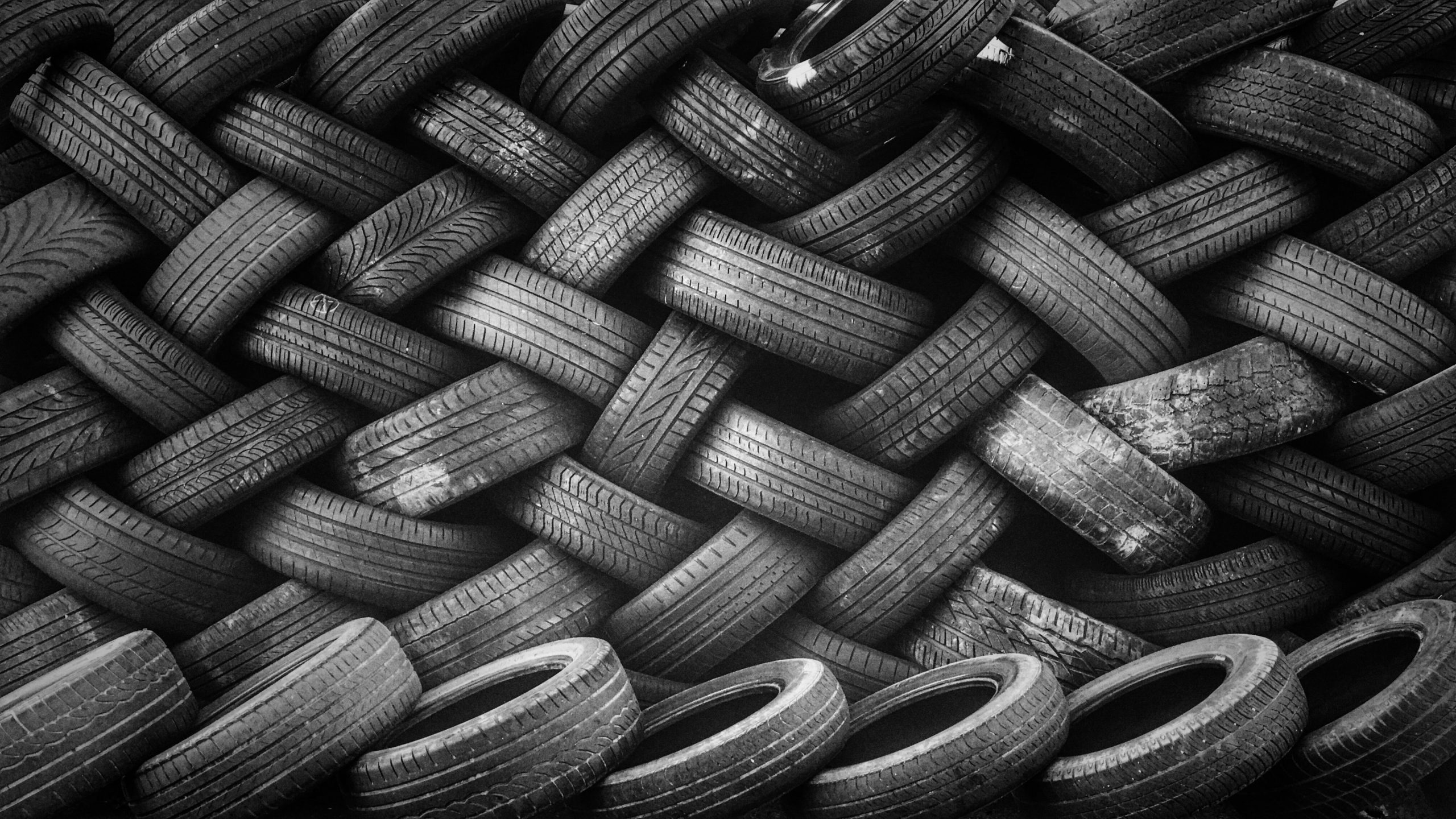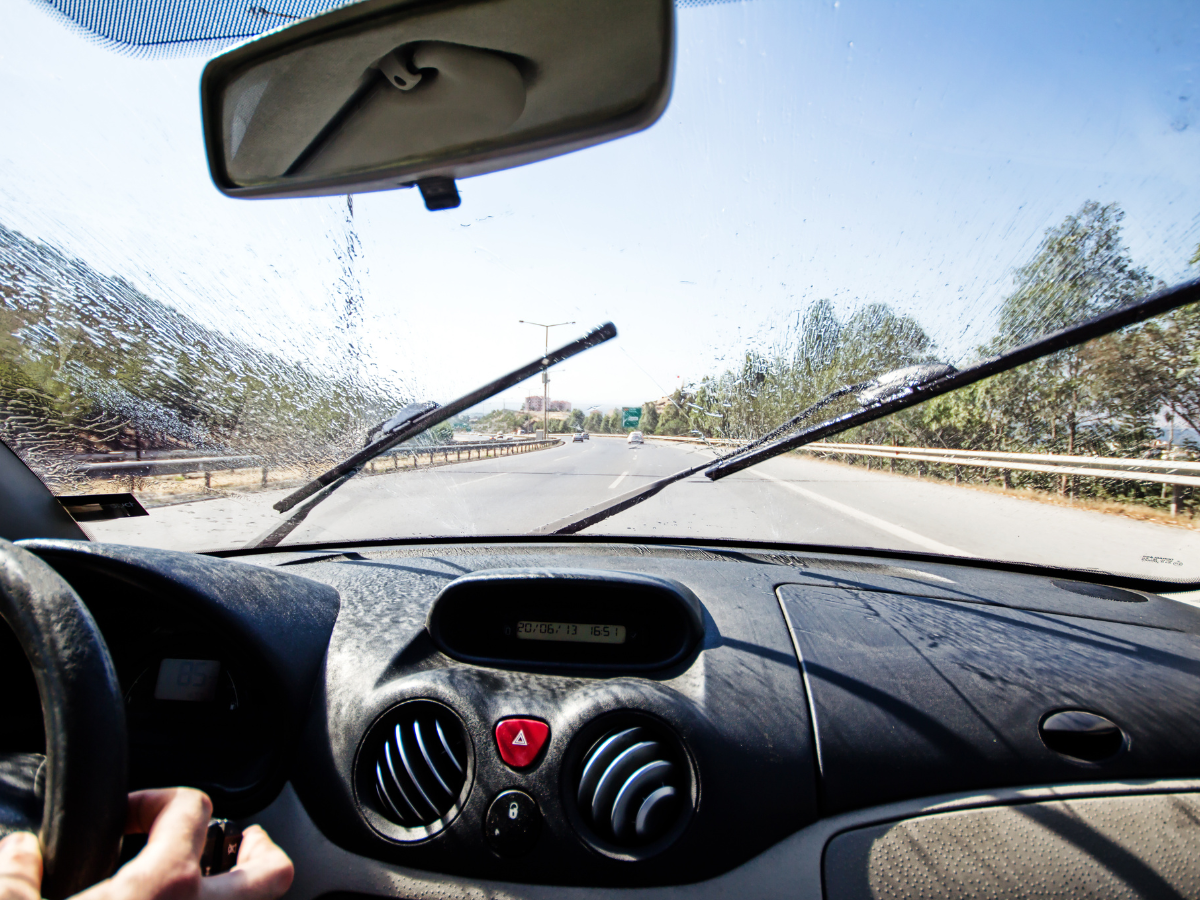If you’ve ever drive on a spare tire you know it’s not always the smoothest ride. But there are more pressing concerns than comfort when it comes to driving on a spare, if you drive too long on a donut you could potentially damage your car including the transmission and brakes.
How Long Can You Drive on a Spare Tire?
Ideally as soon as you catch a flat and you’ve placed your spare tire on, you should try to head to the nearest tire repair shop. Or even better, if you use a tire subscription service like Treads, you can make it to a nearby safe spot like your home or office and we’ll come ready with a new tire and put it on for you.
It’s near impossible to put a hard fast rule on how far you should drive as there are so many variables that could impact your car and tires health. But a general rule many subscribe to is the 50/50 rule—trying not to drive faster than 50 mph or further than 50 miles in distance. If you have to put a donut on the front of your car, you ought to try and minimize your distance and speed even further. Typically the motor puts more weight and pressure on the front tires and donuts just aren’t meant to go long distances.
What Kind of Spare Tire Options are Available?
You can use a donut tire as we mentioned earlier. This is the most common option because they are relatively inexpensive and take up less room. However, a spare that matches OEM specifications for your car is obviously the most optimal.
Another option are run-flat tires. These tires are meant to give you some additional miles after a puncture. Like a donut, they shouldn’t be used for long distances after the puncture occurs but they can remove the hassle of having to put on a spare just to get to a repair shop or your home.
Tire Health
Just as important as knowing how to take care of your car when you get a flat or something goes wrong, is regularly taking good care of your tires. This will help minimize your chances of flats. You can do this by regularly doing the following:
Maintaining Tire Pressure:
Tire pressure can affect everything from tire endurance to gas mileage. It’s important to check your tire pressure at least once a month. Ideally, it’s best to not check tire pressure immediately after driving so that your tires can cool and give you a better reading.
Standard tire pressure typically ranges from 30-35 PSI (Pounds per Square Inch) but you can usually look at the sticker on the inside of your door jamb or your user manual for your specific tire needs.
Apps like Treads can give you regular updates and reminders so you don’t forget to do these things.
Regularly Checking Your Tire Tread:
Tire tread is a big factor in driver safety, especially during bad conditions. If you let your tires get worn too thin it can make your car slower to brake and have less traction. You can ask a professional for help determining if you have adequate tire tread or you can use the old penny trick:
Regularly Rotating Your Tires:
Although your manufacture may indicate differently, generally speaking it’s important to rotate your tires every 5,000 miles or 6 months, whichever comes first. If getting greasy, jacking up your car and rotating heavy tires isn’t your bag, consider using a tire subscription service like Treads who can take care of it for you.
If you’re going to attempt it yourself, know that most mechanics use a specific order or methodology when rotating. Front wheel drive cars will wear their fronts out faster and rear wheel drives will wear their back tires faster. In order to know which order to rotate your tires, you need to first know if you’ve got directional tires or non-directional tires.
Directional tires usually have arrows on them indicating which way they should face while nondirectional are built to be used on any wheel.





